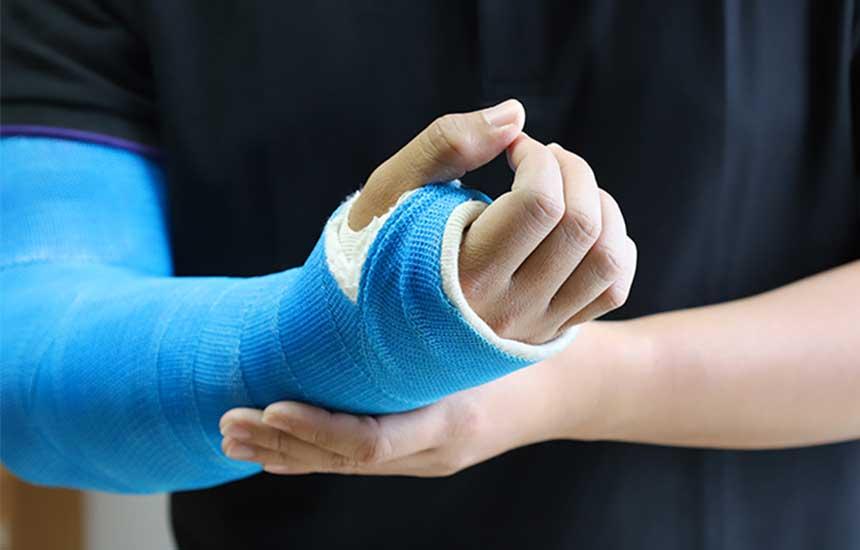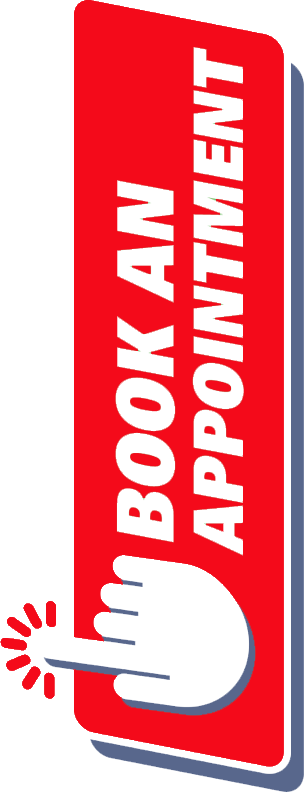Orthopeadic & Fracture
What is Orthopedics?
Orthopedics is the branch of medicine that focuses on diagnosing, treating, and preventing conditions related to the musculoskeletal system, including bones, joints, muscles, ligaments, tendons, and nerves. Orthopedic specialists treat injuries, deformities, and degenerative diseases affecting mobility and function.
Common Orthopedic Conditions
- Arthritis – Inflammation of joints causing pain and stiffness.
- Osteoporosis – Weakening of bones, increasing fracture risk.
- Tendonitis – Inflammation of tendons due to overuse or injury.
- Bursitis – Inflammation of fluid-filled sacs (bursae) near joints.
- Carpal Tunnel Syndrome – Nerve compression in the wrist causing pain and numbness.
- Spinal Disorders – Conditions like scoliosis, herniated discs, and spinal stenosis.
- Sports Injuries – Including ligament tears (e.g., ACL tear), meniscus injuries, and muscle strains.
Fractures: Causes, Types & Treatment
What is a Fracture?
A fracture is a break in a bone caused by trauma, overuse, or medical conditions like osteoporosis.
Types of Fractures
- Closed (Simple) Fracture – The bone breaks but does not pierce the skin.
- Open (Compound) Fracture – The bone breaks and protrudes through the skin, increasing infection risk.
- Greenstick Fracture – An incomplete break, common in children.
- Comminuted Fracture – The bone shatters into multiple pieces.
- Stress Fracture – A small crack in the bone due to repeated stress (common in athletes).
- Transverse, Oblique & Spiral Fractures – Different patterns of bone breaks based on force direction.
Treatment for Fractures
- Immobilization: Casts, splints, or braces to stabilize the bone.
- Closed Reduction: Manually aligning the bone without surgery.
- Open Reduction & Internal Fixation (ORIF): Surgery using metal plates, screws, or rods to fix the bone.
- External Fixation: A frame outside the body holds the bone in place with pins or screws.
- Physical Therapy: Restores strength and function after healing.
Orthopedic Surgery
- Joint Replacement Surgery (e.g., knee, hip replacement)
- Arthroscopy – Minimally invasive procedure for joint issues.
- Spinal Surgery – Treats disc problems, stenosis, and deformities.
- Ligament & Tendon Repair – Common for sports injuries like ACL tears.
Recovery & Prevention
- Rest & Rehabilitation: Essential for bone and joint healing.
- Proper Nutrition: Calcium and Vitamin D help strengthen bones.
- Exercise & Stretching: Improves joint mobility and reduces injury risk.
- Protective Gear: Helps prevent sports and occupational injuries.

